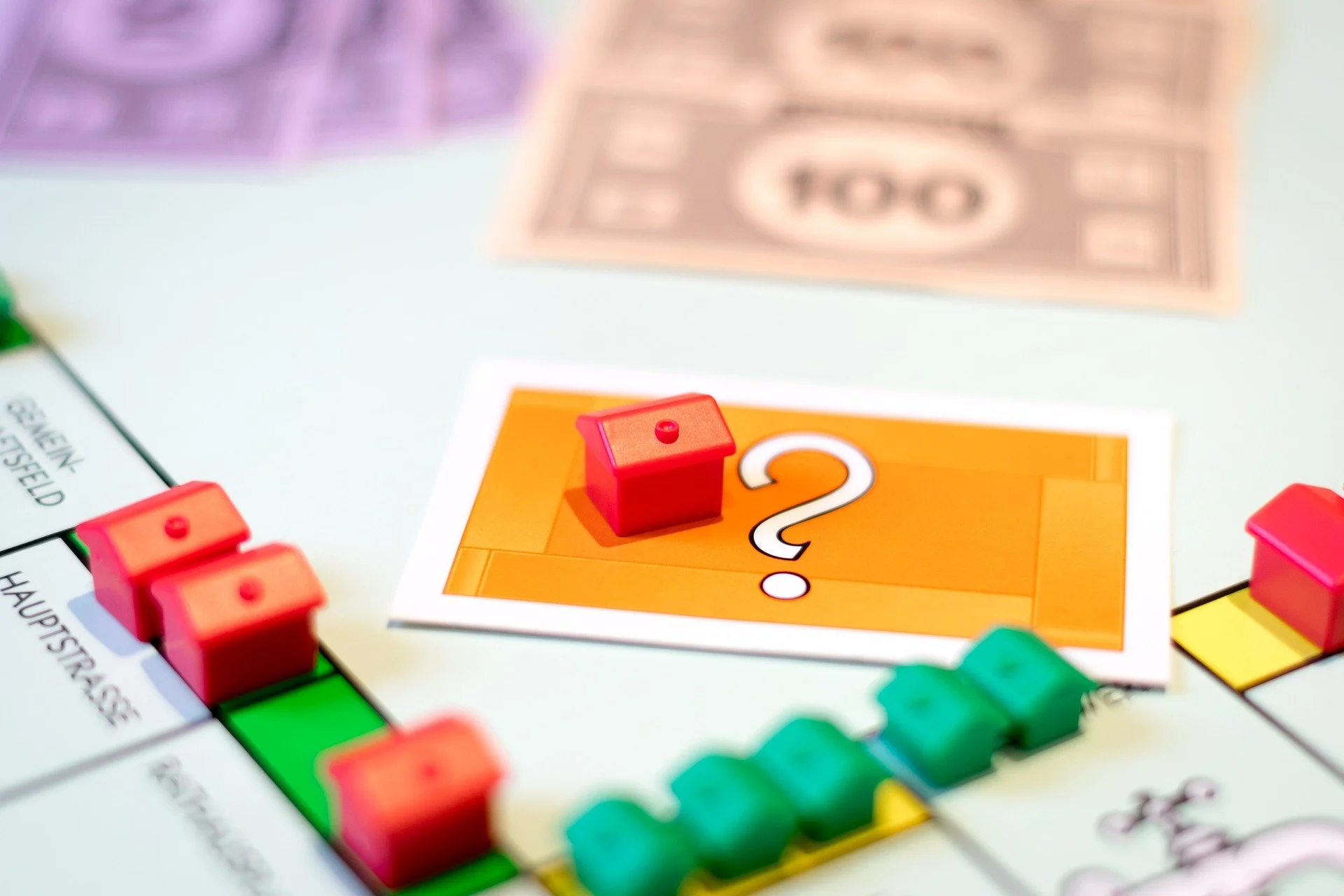
Note Investing: A 30,000-foot View
What is a note?
When we talk about “notes”, we’re referring to a “promissory note” – the legally-binding promise from a borrower to pay back a loan at a certain amount, interest rate and terms. The mortgage note ties the note to the property.
Notes can be traded, bought, and sold just like any other asset. However, when you buy a note, you’re not buying the house, you’re buying the borrower’s promise to repay you – just like a bank does with a mortgage. You have no responsibility to maintain the property or deal with tenants, and the note isn’t subject to market volatility.
Essentially, you have traded a sum of up-front money (principal investment) for the homeowner’s legal promise to pay you a specified amount of principal and interest on a monthly basis until the loan is satisfied. Basically, you’re a lender. You get your principal back in the end, plus the agreed-to interest. This can either provide regular monthly income or grow your self-directed IRA.
Holding a note provides a steady but passive stream of monthly Income – principal and interest, without subjecting you to the volatility and typical problems of real estate ownership. This is the difference between buying the property and buying the debt on the property
Let’s look at a simplified scenario.
We all know real estate is among the best investments available, but it can also come with a lot of risk. Note investing largely avoids or mitigates that risk. Here’s an example:
Jim buys a house to rent out. He takes out a $150,000 mortgage for it and plans to rent it out to tenants for $1,000/month – not a bad plan.
But Emma is a note investor. She buys the actual mortgage note for Jim’s rental property. She pays $150,000 for it and can expect to collect that entire amount – plus thousands more in interest.
While Jim struggles to find tenants, answers midnight toilet overflow calls and goes to court to evict deadbeat tenants, Emma continues to collect monthly payments from Jim.
Then a market downturn occurs. Jim wants out, but renters have trashed the place, crime in the area has skyrocketed and his property has only lost value. He sells anyway, at a loss.
Meanwhile, Emma keeps collecting her monthly income – and gets the full payoff after Jim sells. What’s more, she has been delightfully uninvolved in the maintenance, evictions, tenant searches and other problems that dominated Jim’s life.
Would you rather be in Jim or Emma’s shoes?
Understanding Performance
There are two types of notes: “Performing” and “Non-Performing.” Depending on your investment style, one or both might be the better choice.
-
Performing Notes
A performing note is just what it sounds like: a loan that is being repaid according to its terms.
This provides a steady stream of income without the hassles of tenants, evictions, maintenance, etc. However, since there is little risk, the returns are modest.
-
Non-Performing Notes (NPN/NPL)
You guessed it! A non-performing note is one in which the borrower hasn’t been paying according to the original terms. Usually, this means they’re at least 90 days past due.
Why would you buy a non-performing note?
Non-performing notes require work to get them performing again. Whether it’s working with the borrower or foreclosing, it’s going to take some sweat equity to “rehab” the note. But that means that non-performing notes are sold at a discount. You assume some risk in purchasing one, but you also get a better chance at a higher return! Once you get it performing, you can sell it at a profit or simply enjoy the regular payments.
But, what if a borrower stops paying?
Good question! The answer is worth understanding fully. First of all, a performing note (see above) is unlikely to become non-performing. However, if a borrower has a life event that affects their ability to pay, you have choices. A typical bank would foreclose fairly quickly. But you can decide to work with them, reduce their emotional stress, avoid foreclosure, and help them stay in their home.
If that fails, you can begin the foreclosure process with the help of an attorney – and even then, your investment is still safe, because it is backed by actual real estate, mitigating your risk. Better still, the face value of your investment is not impacted by a change in market value. Nothing can reduce the terms of the note you purchased – not market downturns, tenant damage or anything else. You’re also protected by insurance and the fact that your lien is in first position
I know this can be a lot to absorb and understand. I’m happy to talk on the phone or in-person to answer any questions you might have.
Let’s get together.
I promise not to fill your inbox with junk. This is just a way for us to begin the conversation and see if note investing makes sense for your lifestyle.

